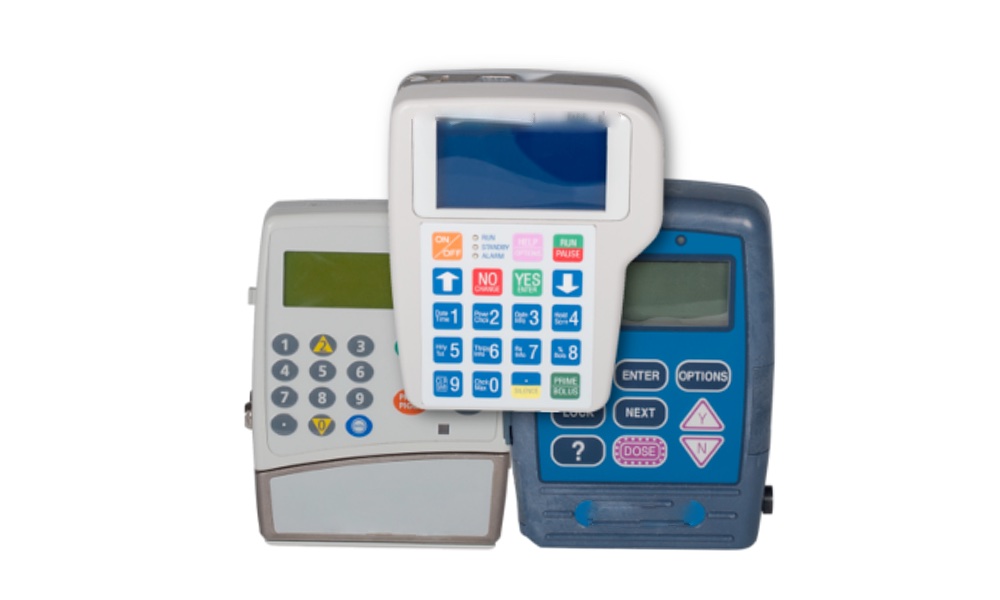Insulin prices have more than tripled over the last decade. As a result, over a quarter of diabetics were skimping on the amount of insulin they take because of its cost, a recent study at one medical clinic found. A commentary on the study spells out what this means: some people will die because of it.
When insulin was discovered in the 1920s, Frederick Banting and colleagues licensed the patent for $1. Today, a vial of 10 milliliters of Humalog can cost over $300.
A survey given to patients at the Yale Diabetes Clinic in 2017 found that 25.5 percent of them reported using less insulin than they were prescribed because of its cost. This could mean anything from taking smaller doses to stopping taking insulin entirely. Not surprisingly, blood tests showed that these people did not have their blood sugar as well under control as people who did take their prescribed insulin dosage. And over a third did not discuss the issue with their doctor or clinician.The same insulin pen that sells for less than $15 in Canada and Germany costs $140 in the United States.
A 2018 survey by the American Diabetes Association came up with results similar to those in this small study, with 27 percent of those surveyed indicating that insulin cost had affected their purchase or use of insulin in the past year. This amount was even higher for people purchasing insulin for a child.
In her commentary on the Yale Clinic study, Elizabeth Rosenthal lays the blame for this situation squarely on the shoulders of the manufacturers of insulin and insulin-delivering devices such as insulin pens: “They have increased the price of their products year after year because, simply, they can. They have spent millions filing lawsuits that successfully keep competitors off of the US market.”
She emphasizes that this is mainly a problem in the United States. Most developing countries have decided that people should not be saddled with high deductibles or co-pays for lifesaving medications such as insulin. For example, the typical out-of-pocket costs for insulin in Germany is under $100 per year. The same insulin pen that sells for less than $15 in Canada and Germany costs $140 in the United States.
Ultimately, this is not about dollars and cents; it's about people. Rosenthal, the editor-in-chief of the Kaiser Family Foundation's Kaiser Health News, cites several anecdotes about what skyrocketing insulin prices have meant to people. In one, a 26-year-old man, who had recently gone off his mother's insurance, died of diabetic ketoacidosis three days before payday, with an empty insulin pen in his apartment.





